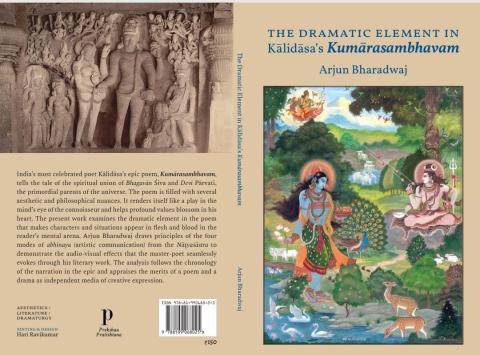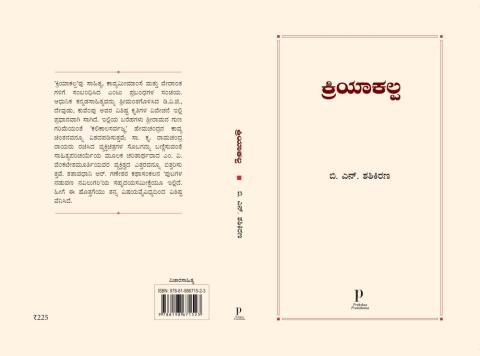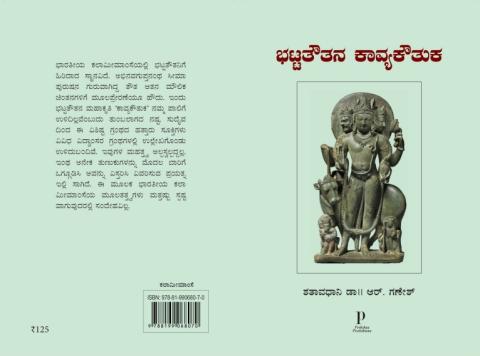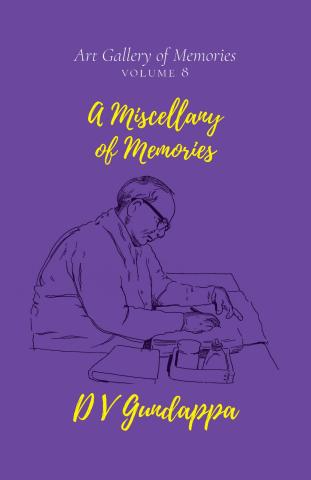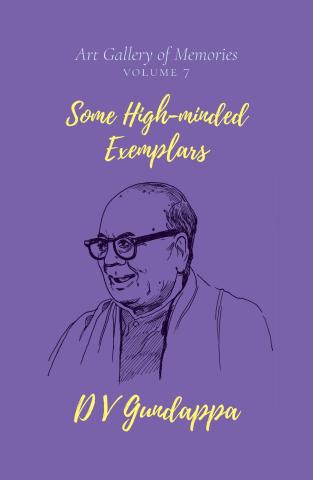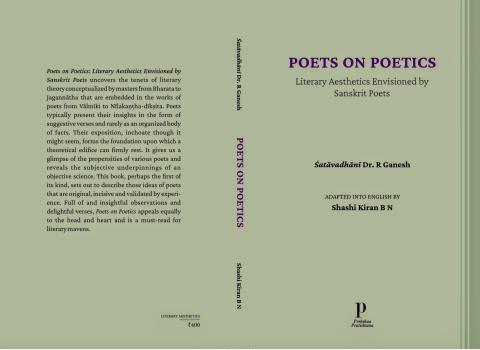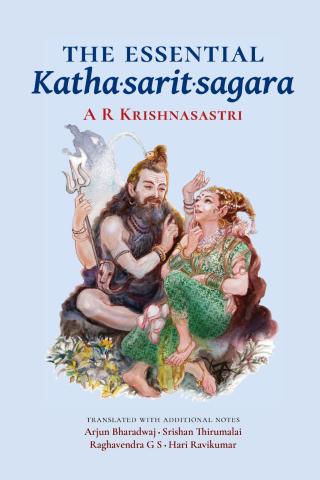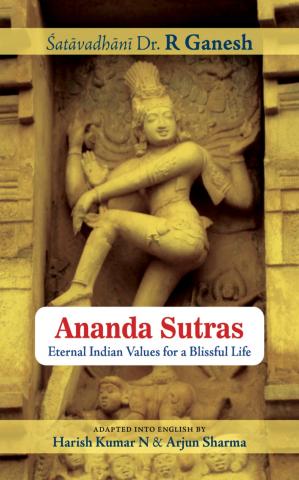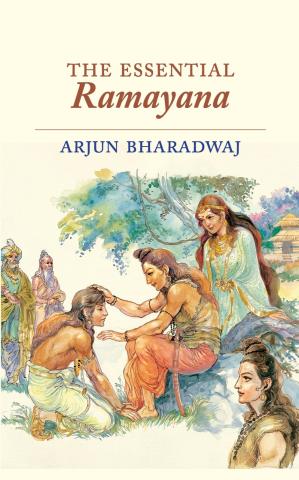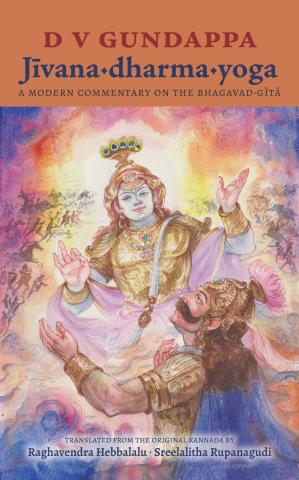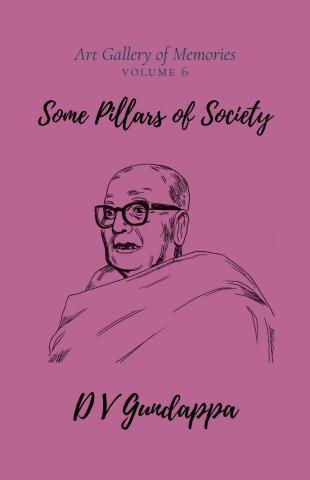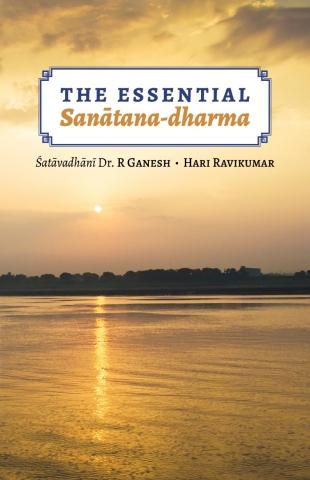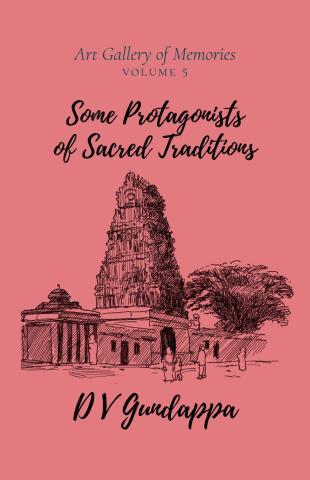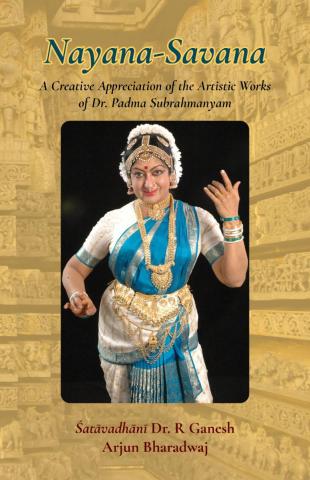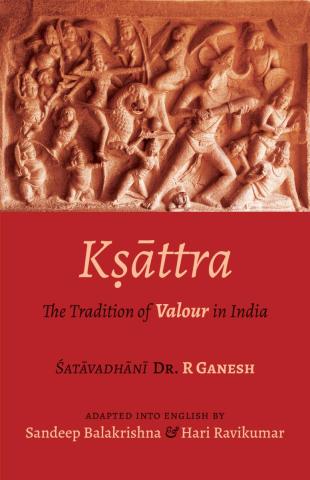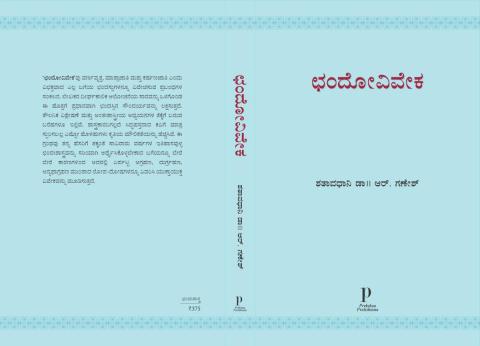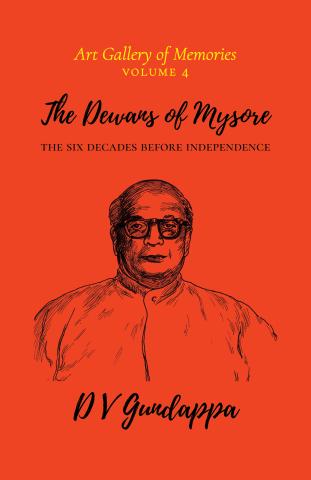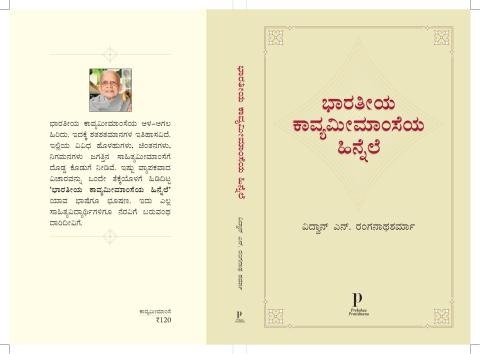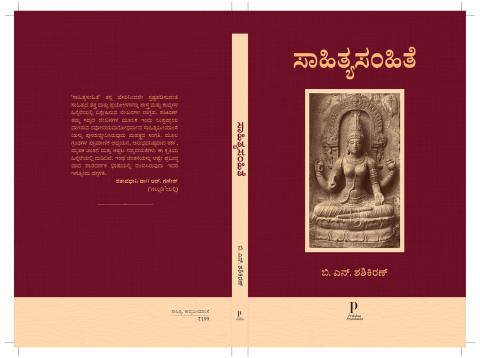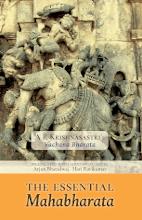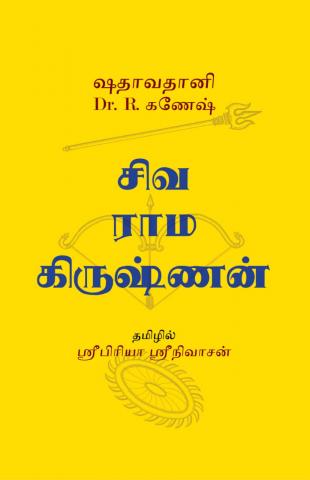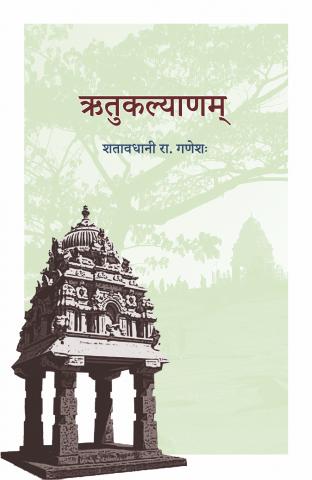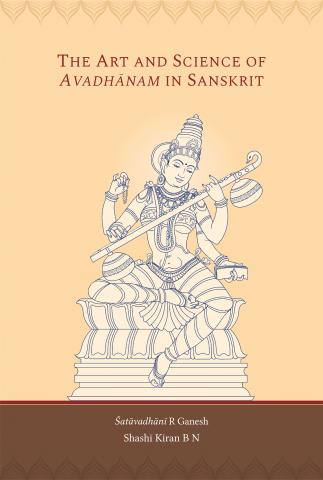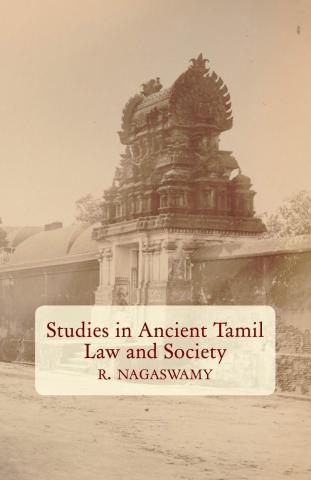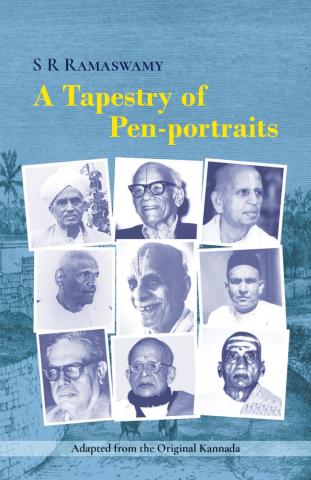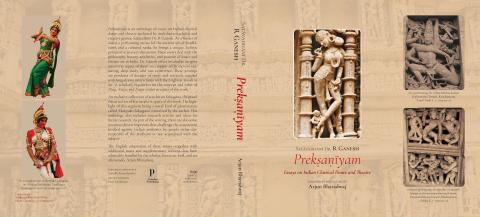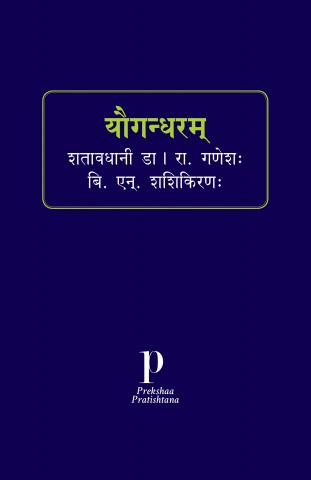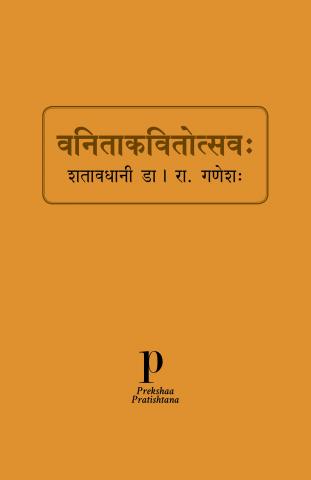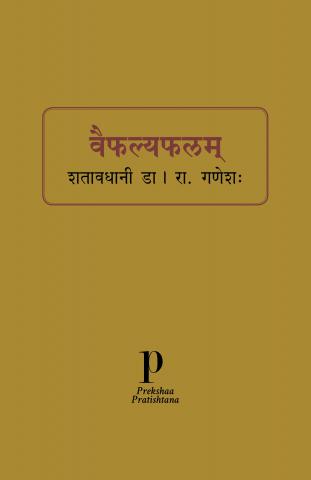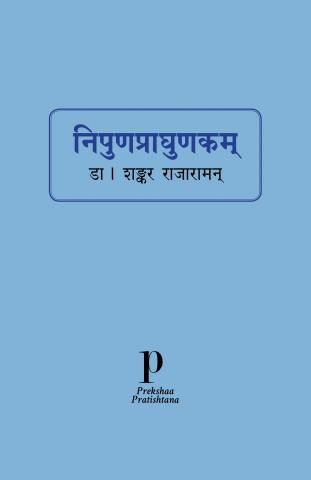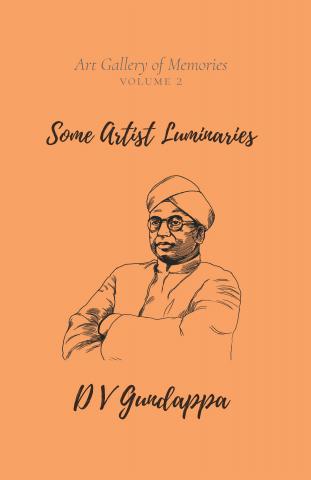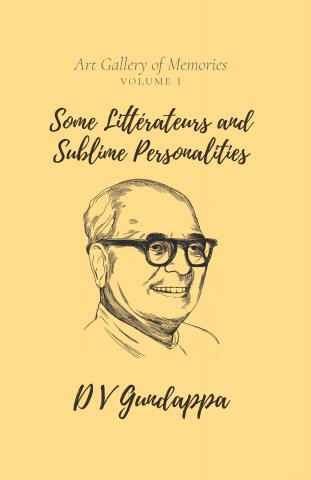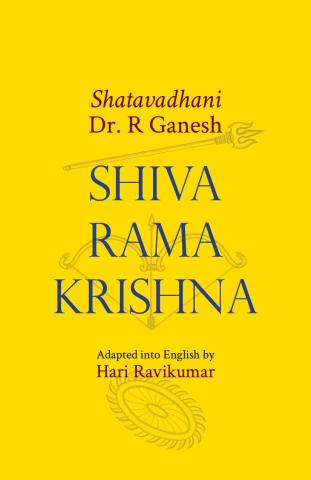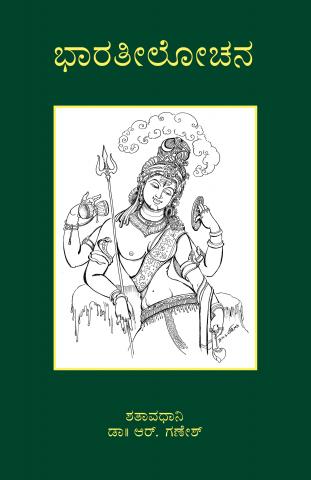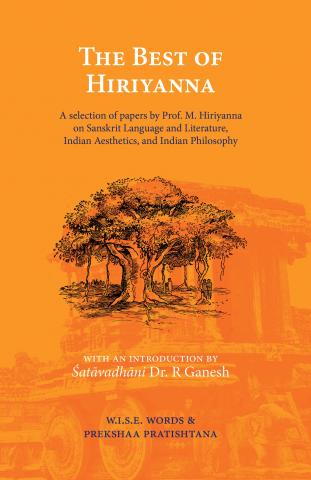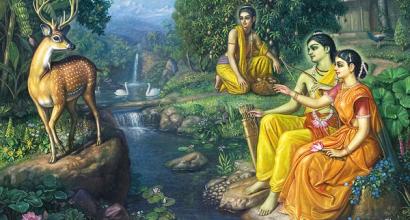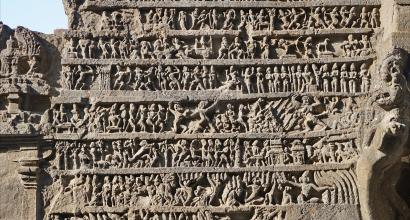Kathā-sarit-sāgara was composed in the eleventh century CE (between 1063 and 1081 CE) based on the Bṛhatkathā, which was in paiśācī prākṛta; the Bṛhatkathā-mañjarī, which is similar to this treatise, but smaller in size, also belongs to the same period. Another work which is older than the two and is probably closer in its narrative to the original is the Bṛhatkathā-śloka-saṅgraha – it was composed either in the eighth or the ninth Century CE. The work begins with Pradyota’s death and thus does not contain the romantic tales connected with Udayana. The three treatises mentioned above were composed after the times of King Harṣa; therefore, it is likely that he had referred to the original Bṛhatkathā or had relied upon oral narratives for composing his plays; we don’t know what other work he might have had before him as the source for these plots. If the original story upon which Harṣa bases his plots bears semblance to the Kathā-sarit-sāgara[1], then, Mañjulikā, Priyadarśikā, and Sāgarikā, who was found in the salty waters, are characters inspired by the source. The poet has used his creativity in narrating the details of the family and kingdom that Sāgarikā and Priyadarśikā belonged to and the tragic circumstances of their life; Kālidāsa’s Mālavikāgnimitra might have served as inspiration for these narratives. In fact, more than the story associated with Bandhumatī, the plots of the two nāṭikās bear greater semblance to the story of Mālavikāgnimitra. Their storlines are similar – A queen who is jealous of her husband’s romantic ventures, a princess who is in disguise and hiding, a saṃnyāsinī who is her aide, vidūṣaka and sakhīs who serve as catalysts in the romantic venture, the king who spots the nāyikā in a painting and spontaneously falls in love with her, plants and trees that bear flowers upon dohada, the king’s rendezvous with the princess when he is out in the garden seeing the flowering trees, the queen spotting them and putting the guilty in captivity, the story of victory in a war, revelation of the princess’s true identity, cognition of other relationships and the premediated alliance, the queen getting her husband married to the princess, etc. We can see a lot of similarities between the storylines of Abhijñāna-śākuntala, Vikramorvaśīya, Svapnavāsavadatta, and the plays of Harṣa; however, the similarity is more pronounced in Mālavikāgnimitra and Ratnāvalī; therefore, it would not be wrong to say that Harṣa’s plays lack novelty in some sense.
It is easy to declare that Harṣa has performed kāvya-caurya, i.e., theft of poetic ideas; by doing so, we will be ignoring the merits of a great poet. Even if Harṣa owes much to the poets who lived before him, we must accept that he is a nipuṇa-kavi and apūrva-vastu-racanālaṅkṛta, i.e., he is an intelligent poet and possesses the creative ability to string together hitherto unknown stories and plots. We say this because everyone who derived inspiration from Svapnavāsavadatta and Mālavikāgnimitra could not compose a Ratnāvalī or a Priyadarśikā; the structuring of the episodes in the two plays is certainly novel; it is filled with a lot of camatkāra[2], i.e., gripping sequences and pleasant surprises. The playwright has brought a garbhāṅka, i.e., a play within a play in the Priyadarśikā; this, in fact, is the first of its kind in Sanskrit literature. He has displayed his creative skill in knitting together episodes by bringing in yakṣiṇī and dohada as well as the havoc created by a monkey and a parrot. Because of the monkey, which escapes from its enchainment and opens a parrot’s cage searching for curd rice, a series of incidents take place in quick succession – they all look natural; this episode adds amusement to the play as well. The monkey, in a sense, becomes a bridge over the huge ocean that separated Vatsa-rāja from Sāgarikā; following this, due to the stupid utterances of the vidūṣaka, who tries to be smart, the hero and the heroine end up going in different directions; because of the excessive ‘intelligence’ of this ‘brāhmaṇa’, their real plan is revealed! When Vatsa-rāja goes to speak to Sāgarikā, he gets caught red-handed by Vāsavadattā, who had come to cajole the king. When he goes to rescue his beloved who was going to hang herself as she was upset because of the anger expressed by the queen, he ends up finding Ratnāvalī; it is like a rain of elixir upon a flowering plant that had almost dried up. Finally, Vāsavadattā herself comes forward to get Ratnāvalī married to Vatsa-rāja; all this happens because of the magic show she had arranged. At the end of the play, we witness not just the union of the hero and heroine like in the Abhijñāna-śākuntala, but also the coming together of the extended families of all parties; those who had gone away in different directions due to the naval mishap come together in the closing scene. This is a unique play, indeed.
To be continued ...
The current series of articles is an enlarged adaption of Prof. A. R. Krishnasastri's Kannada treatise Saṃskṛta-nāṭaka. They are presented along with additional information and footnotes by Arjun Bharadwaj.
[1] It appears like the Kathā-sarit-sāgara deviates quite a bit from the original Bṛhatkathā; the plays of Bhāsa and Harṣa are likely to be closer to the grand treatise. We have mentioned before that the Bṛhatkathā-śloka-saṅgraha is probably closer to the Bṛhatkathā. In the Bṛhatkathā-śloka-saṅgraha and the Priyadarśikā, Yaśodharā is the name of the pratīhāri; as per the Kathā-sarit-sāgara, Padmāvatī marries Vatsa-rāja after the romantic incidents connected with Bandhumatī. In the Priyadarśikā, however, Padmāvatī is mentioned in the third act, even before the aforementioned episodes. In the Ratnāvalī, Vatsa-rāja recollects the fire at Lāvāṇaka again and again (for instance, act 4, verse 15). He marries Padmāvatī soon after the mishap at Lāvāṇaka; thus, it appears that as per Harṣa, the episodes of the play Ratnāvalī took place after the marriage of Padmāvatī and Udayana. It is hard to say if these storylines are based on a variant reading of the Bṛhatkathā or if they are imagined by the poet.
[2] In the Priyadarśikā, the kañcuki goes on a tīrtha-yātrā




